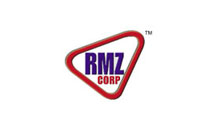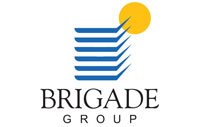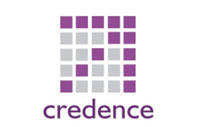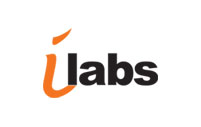Access Control Systems
Using numeric keypads, magnetic or proximity access cards and door controllers, the movement of personnel and visitors within the premises can be monitored, controlled and recorded. The door controllers can be connected to a central computer for time and attendance management. The system also generates an alarm if there is forced entry or if the doors do not close within the specified time.
The network controller interacts with and controls all the door controllers within the premises. Using powerful but user-friendly software, these controllers can be programmed and operated from a central controller.
Keypad / Pinpad based systems operate on the principle of gaining access to a protected area, by keying in a security password, on a numeric keypad. The access control unit, verifies, the keyed in code, with the previously programmed code and then activates the electric door lock, for a valid code.
Access card based Control readers are often used to gain entry into areas and buildings with restricted access. The security passcard may be for general access, meaning that the passcard does not provide data about the person using it, or it may be individually encoded, containing specific information about the cardholder. Typically, the data on an encoded security passcard includes:
. Name
. ID # (Employee number or other unique number)
. Access level (where you're allowed to go)
An individually-encoded passcard looks a lot like a credit card. The stripe on the back of the security passcard is a magnetic stripe, often called a magstripe. The magstripe is made up of tiny, iron-based magnetic particles in a plastic-like film. Writing the data requires the use of an encoder.
A card reader can understand the information on the magstripe. A reader detects the changes in its magnetic field caused by the flux reversals on the passcard's magstripe. Most readers use one of three methods for reading the card:
· Swipe reader - You swipe the card through a long, narrow slot that is open at each end.
· Insert reader - You insert the card into a small receptacle that is just large enough to accommodate the card.
· Proximity reader - You hold the card in front of the blank face of the reader. It has an internal antenna allowing non-contact communication with the card reader. This system avoids wear and tear, occurring in normal magstripe cards.
· Smart Card systems - A smart card may well resemble most other credit or debit cards in outward appearance. Instead of a regular card's magnetic strip, current smart cards hold an 8-bit microprocessor running at 5mhz
This mini computer is either under a 1/2 inch gold contact pad requiring a reader to access its data, or it has an antenna allowing a more rapid non-contact communication with another computer. It has 1Kbytes of RAM, 16 Kbytes or programmable ROM, and 24 Kbytes of read-only ROM.
This allows the card to carry not only the ID number, but lots of other vital information of the person, it is assigned to. The reader can also be a two system where, it not only reads information from the card, but also writes back information.
Standalone reader Systems:
For single door access control operations, a stand-alone reader, inclusive of local memory and processing unit is a suitable option. The HID Standalone Prox reader comes with a proximity card reader as well a numeric keypad. A state-of-the-art reader available under this category offers flexible features where Access can be based on a combination of presenting a valid card and a corresponding pin number, or can be based on either a valid card or valid pin number. A printer can be directly connected to this reader if user logs records need to be downloaded.

Networked reader system:
Where a multiple door access control system is required, networked systems offer a convenient solution. A networked 'in' and 'out' reader system is also required where 'time and attendance' logging & report generation is required. The HID Point Prox readers together with the Networkable Multi reader Host controller would be an efficient and powerful system, and a popular choice. Access control management as well as System configuration, including User database management is efficiently taken care of by a user friendly, Windows-95 based software installed on PC that can be directly networked to the Controller. Each and every reader on the network can be separately configured, and corresponding user data managed remotely through the PC.
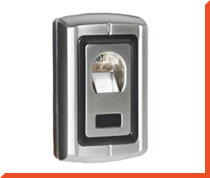
Biometric Access Control Systems (Stand-alone and Networked):
Biometrics:
Biometrics refers to the automatic identification of a person based on his/her physiological or behavioral characteristics. This method of identification is preferred over traditional methods involving passwords and PIN numbers for various reasons: (i) the person to be identified is required to be physically present at the point-of-identification; (ii) identification based on biometric techniques obviates the need to remember a password or carry a token. Various types of biometric systems are being used for real-time identification, the most popular are based on face recognition and fingerprint matching. However, there are other biometric systems that utilize iris and retinal scan, speech, facial thermograms, and hand geometry.

Fingerprint Matching:
Among all the biometric techniques, fingerprint-based identification is the oldest method which has been successfully used in numerous applications. Everyone is known to have unique, immutable fingerprints. A fingerprint is made of a series of ridges and furrows on the surface of the finger. The uniqueness of a fingerprint can be determined by the pattern of ridges and furrows as well as the minutiae points. Minutiae points are local ridge characteristics that occur at either a ridge bifurcation or a ridge ending.
A comparison is carried out, between the fingerprint presented, and a previously stored fingerprint of the respective individual. If the verification is successful, the unit operates the electric lock that releases the door.



